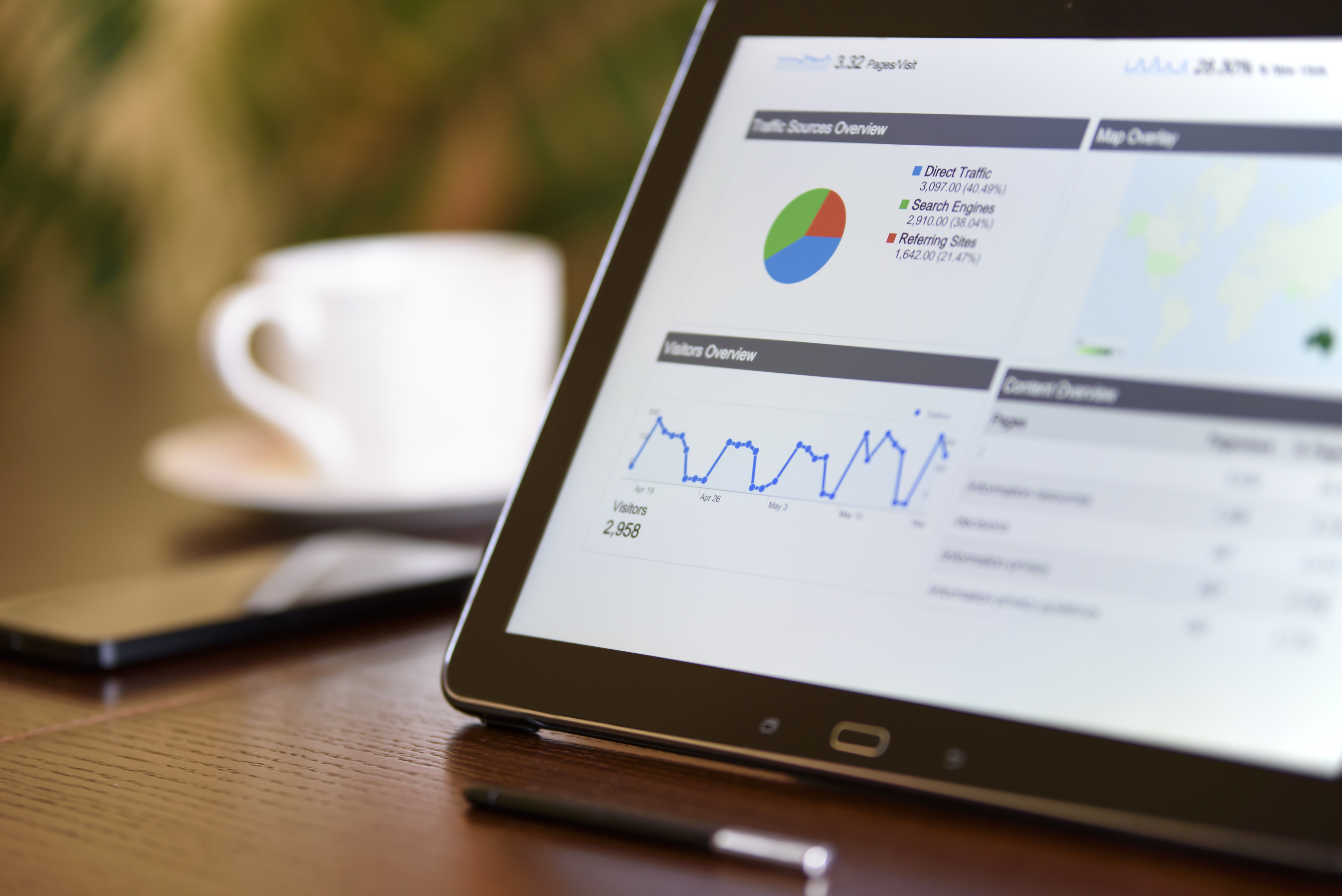Data is king! Businesses that can collect, analyze, and use data effectively have a significant advantage over their competitors. This is especially true in marketing, where data-driven insights can be used to create more targeted and effective campaigns.
Data-Driven Marketing: A Guide to Captivate Any Audience
In this comprehensive guide, we will delve into the five key areas of Data-Driven Marketing, exploring how businesses can leverage data for audience insights and segmentation, implement personalized and targeted marketing, integrate marketing automation and CRM systems, utilize analytics for informed decision-making, and navigate the critical landscape of privacy and data protection.

Leveraging Data for Audience Insights and Segmentation
The first step in data-driven marketing is to understand your audience. What are their demographics? What are their interests? What are their pain points? Once you have a good understanding of your audience, you can start to segment them into groups with similar characteristics. This will allow you to create more targeted marketing campaigns that are more likely to resonate with your target audience.
For example, a clothing retailer might use data to segment its customers into groups based on their age, gender, purchase history, and website behaviour. This would allow the retailer to create more targeted marketing campaigns for each group.
Personalization and Targeting in Marketing
Once you have segmented your audience, you can start to personalize your marketing messages. This means tailoring your content and messaging to the specific needs and interests of each segment. For example, if you’re selling a product that is targeted at young professionals, you might create a different marketing campaign for them than you would for retirees.
Personalization goes beyond merely addressing customers by name; it involves understanding their preferences and anticipating their needs. A travel website might use data to personalize its recommendations for hotels and flights. For example, if a user has previously searched for hotels in Paris, the website might show them more Paris-related recommendations.
Marketing Automation and CRM Integration
Marketing automation can help you automate many of the tasks involved in data-driven marketing, such as lead generation, lead nurturing, and email marketing. CRM integration can help you track customer interactions across multiple channels, providing a more personalized customer experience.
A marketing automation platform such as HubSpot Marketing Hub or Marketo might be used to automate the process of sending welcome emails to new subscribers or trigger follow-up emails after a user abandons their cart. Meanwhile, a CRM system such as Salesforce Sales Cloud or Microsoft Dynamics 365 can track customer interactions across multiple channels, such as email, website, and phone, providing valuable insights for a more personalized customer experience.

Utilizing Analytics for Data-Driven Decision Making
Analytics is the key to making data-driven decisions. By tracking the results of your marketing campaigns, you can see what is working and what is not. This information can then be used to improve your campaigns and get better results.
A company might use analytics to track the results of its marketing campaigns, such as website traffic, email open rates, and conversion rates. This information can then be used to improve the company’s marketing campaigns. Additionally, a company might use analytics to track their customer’s journey, from the initial website visit to the final purchase. This information can then be used to identify areas where the company can improve its customer experience.
Privacy and Data Protection in Marketing
It is important to be aware of the privacy and data protection regulations that apply to your marketing activities. For instance, in Jamaica, the Data Protection Act has been operationalized. These regulations vary from country to country, so it is important to do your research. By following the appropriate regulations, you can help to protect the privacy of your customers and avoid legal problems.
A company should always use a privacy policy to inform its customers about how their data is collected and used. Additionally, a company should use encryption to protect the privacy of its customers’ data.
Data-driven marketing is a powerful tool that can help you improve your marketing results. By following the five key areas discussed in this guide, you can start to use data to drive your marketing strategy and achieve your business goals. Embrace the era of data-driven marketing and unlock the potential of data to revolutionize your marketing efforts.

